|
Bob Peak
The illustration of the man in the shirt was created as an advertisement for the clothing being worn. By selecting to only detail the shirt rather than the full figure, the viewers main focus can only be on the item being sold which would work great from a marketing point of view. The vivid purple draws the eye to what otherwise would have been just a white shirt. Bernie Fuchs Bernie Fuchs Bernie Fuchs uses a very selective colour palette for his illustrations that consist of more muted, harmonious colours. This restriction of colour creates an obvious feeling to each painting, with the example on the right conveying a more welcoming and warm atmosphere with its red tones compared to the cold and more hostile atmosphere on the left containing blue tones. Despite this, due to the deep nature of his main tones and lack of any major shading, each painting has an eerie sense to them similar to that of an overcast day. Fuchs has a unique choice of framing when it comes to his compositions, most often choosing to pan away from the main focus of the scene to include more of its surroundings. This gives the viewer a better understanding to the environment of the illustration and giving a further insight to the characters depicted. Practical Task
0 Comments
Esquire
Some of the outfits included in the shoot feature clothing styled in what would be considered traditionally feminine. BTS are notorious for breaking gender norms with their fashion choices, making them an ideal choice for this article to help forward the movement. With the increasing representation fighting against the toxic masculinity in the media, it helps dispel the stigma of men wanting to express themselves in a less traditionally masculine way to a point where in future it could become the norm. The photoshoot images taken for the article show the members of the band with the majority of them wearing clothing from different popular fashion brands, showcasing the recent movement of 70's style fashion making a return. The photos taken show the fluidity of the models, capturing movement in the images. The choice of making the photographs black and white creates a sense of sophistication and historical importance. In addition, this decision further emphasizes the return to more vintage trends due to black and white photographs being mainly associated to the times before colour film was invented. The individual shots of the models are collaged together, further emphasizing the movement within and reflecting the global movement they are creating. There are two locations used when it come to this photoshoot, a clear alleyway and an empty studio. The simplicity of the locations focuses the viewers' attention on the models in the image rather than their surroundings. The bare walls of inside the building further emphasise the vintage theme and rustic tone. Vogue
The choice to move the Spring show out to a village known for its fertile soil for farming allowed incredibly picturesque shots to be taken, bringing life and nature to the runway. The endless fields of wheat add a rural feel to the clothing, as though they belong there in that environment. By bringing the fashion out to open land, it evokes ideas of freedom and discovery reminiscent of times pre-covid giving hope that this is the beginning of its return. The models selected show diversity, something that is not particularly well represented in the fashion industry and helps the brand feel more inclusive to its viewers. The simple white rectangle helps frame the models as though they were in a painting, encapsulating them into their own world.
Rather than the yellow clothing getting lost in the similar toned field, it further emphases those bright tones of the fabric. The dark blue of the sky adds to the contrast of the soft yellows, bringing them to the forefront of the image.
I chose to include Boris Johnson at a lectern built from Jenga blocks, made up of the many phrases that the government have put out, to commentate on the instability of his approach to this pandemic as well as the lack of serious action he has taken which has made people unsure of the future and what it will hold. In addition to this the bulldozer represents how their many schemes, such as 'eat out to help out', that try to help the economy have put people's lives in danger and gone against all their previous slogans.
The overlay of the zoom call seen at the bottom of the image shows how video calls have become a more commonly used thing throughout all households, keeping people connected maybe now more than ever showing that despite all the bad things there can be positives drawn from them. I decided to put all these political references within the home living room as the news is something you cannot escape in daily life with it being something you view both on the television and mobile phones, it effects all aspects of life. Max Bill
As a designer and artist he wanted to create forms that visually represented the New Physics of the early 20th century, creating objects so that the new science of form could be understood by the senses. This is known as Concrete Art, an art movement with an emphasis on geometrical abstraction. Bill became a professor in 1944 at the Kunstgewerbeschule Zürich, specializing in Design and Typography. He later went on to found the Ulm School of Design in 1953 alongside Inge Aicher-Scholl and Otl Aicher in Germany with Bill designing the building. This design school was originally created in the tradition of the Bauhaus but later developed a new approach of integrating art and science. Bill was the first rector of the school, although he later resigned is 1956 due to changes in the teaching approach that the design school had taken, favouring the traditional Bauhaus teaching approach. He continued to teach until finally leaving the school in 1957.
Additionally to teaching, Bill wrote and lectured extensively on art, architecture, and design. He appeared at many design conferences around the world and wrote books about artistic theory. In 1982 he received the Sir Misha Black award and was added to the College of Medallists. He died on the 9th of December 1994. Paul Klee
Influenced by art movements including expressionism, cubism, and surrealism, Klee experimented with and deeply explored colour theory. Lacking any natural colour sense, this was something he sought to work on throughout his life. He wrote about it extensively, having his lectures Writings on Form and Design Theory published as the Paul Klee Notebooks in English, with these writings being held with great importance for modern art. Klee taught at the Bauhaus school of art, design and architecture in Germany from 1921 to 1931 alongside his colleague Wassily Kandinsky, a Russian painter, who was an old acquaintance of Klee's. He was a master in the bookbinding, mural painting, and stained glass workshops. Klee generally worked in isolation from his peers which allowed him to interpret trends in his own way. Many of his works have a child-like quality, with him often using geometric forms combined with figures of people and animals, while other works were completely abstract. His works reflect his dry humour and mood, which are not only seen in the artwork itself but also their titles.
With his death on the 29th of June 1940, his legacy comprises of around 9,000 works of art. Suffering toward the end of his life due to an autoimmune disease, his last works of art reflect this pain and give an insight to his emotions and feelings at the time. |
Mia BickertonIllustrator Archives
December 2020
Categories |
Site powered by Weebly. Managed by 34SP.com

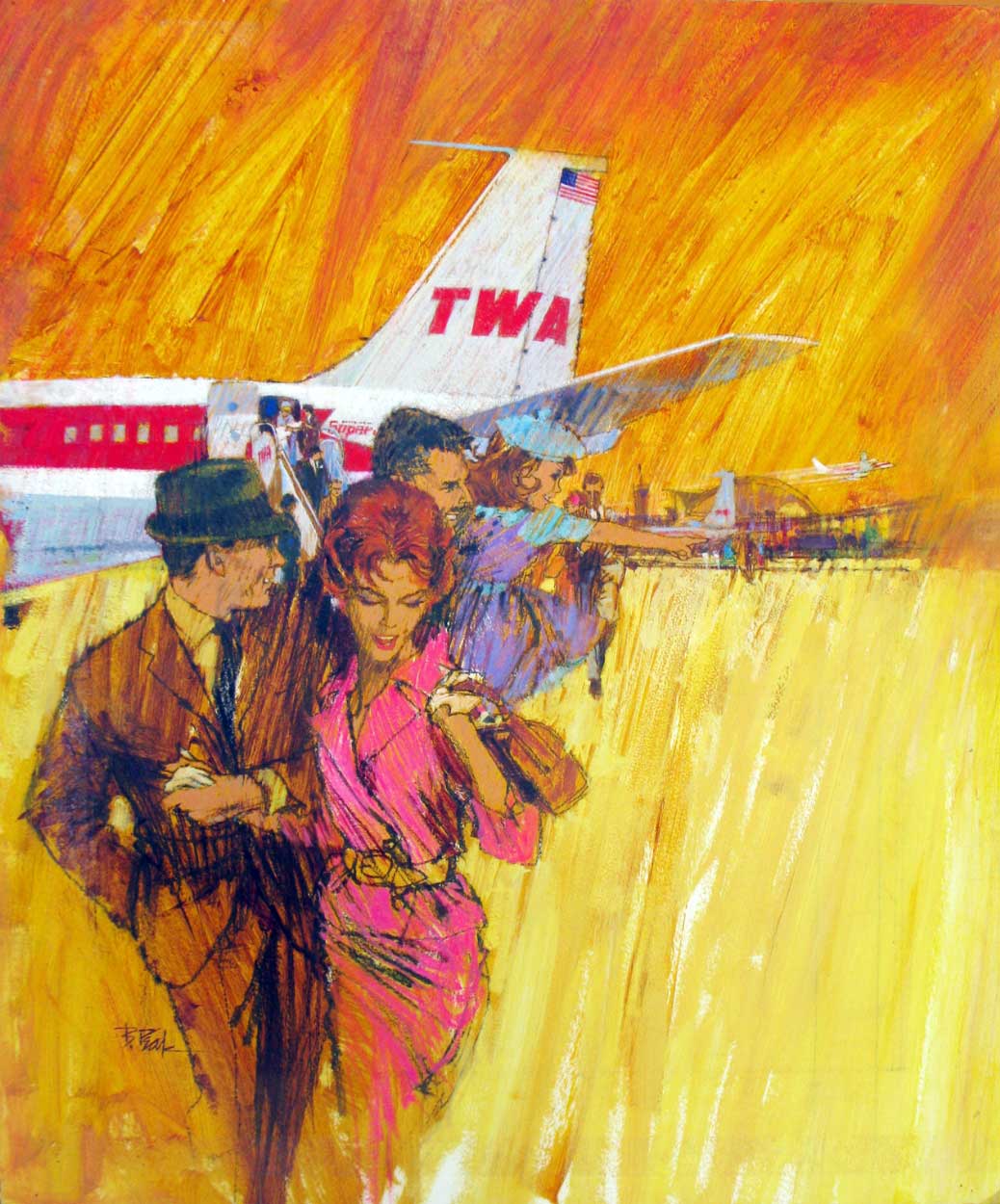


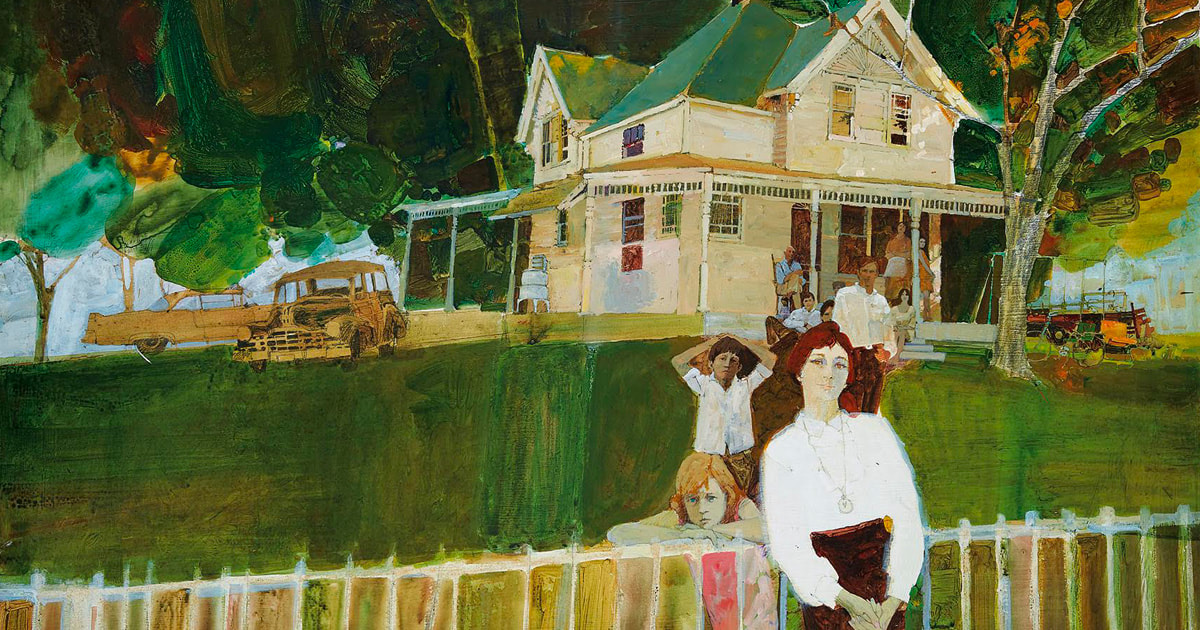

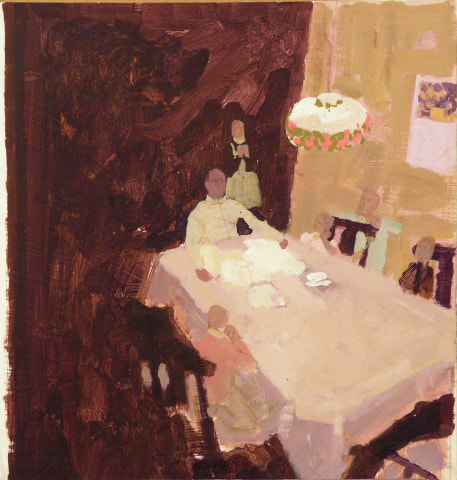
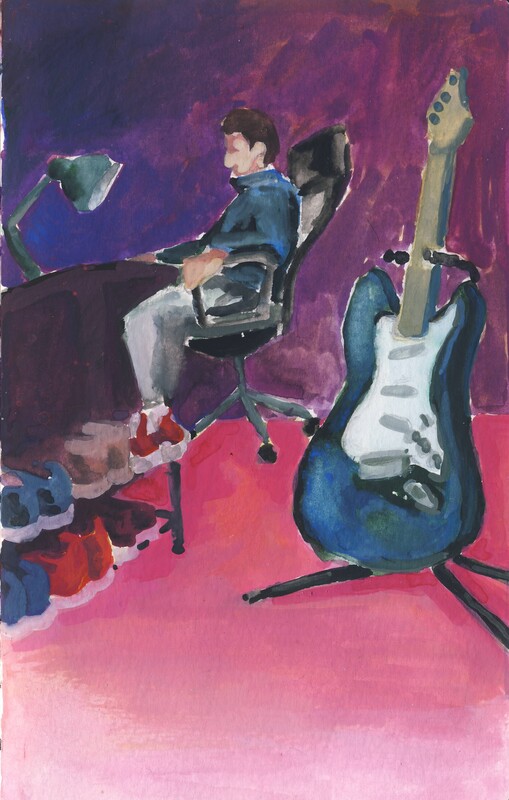

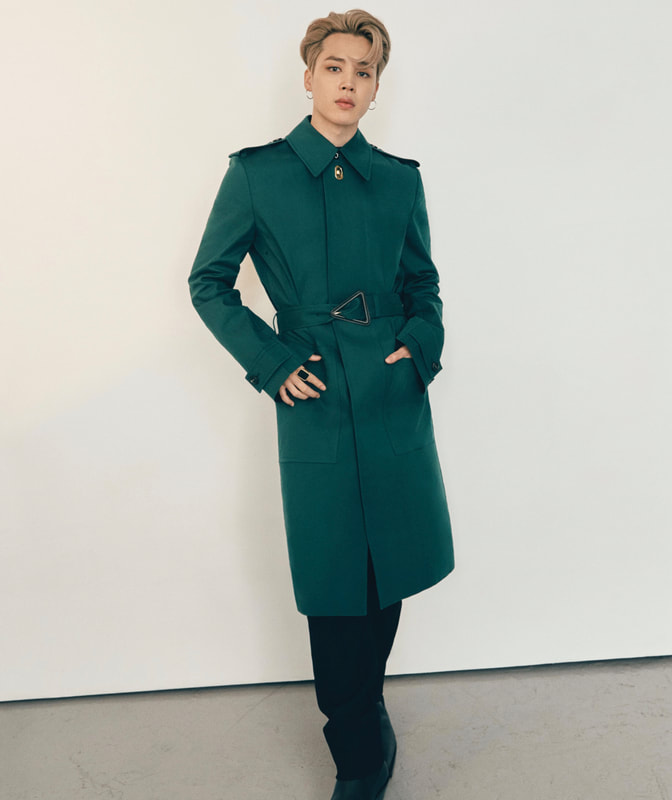
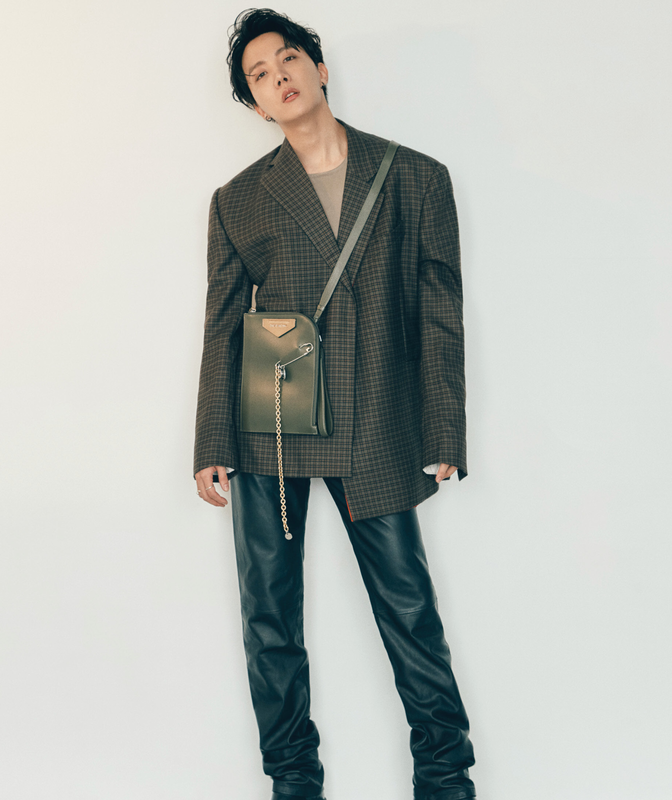

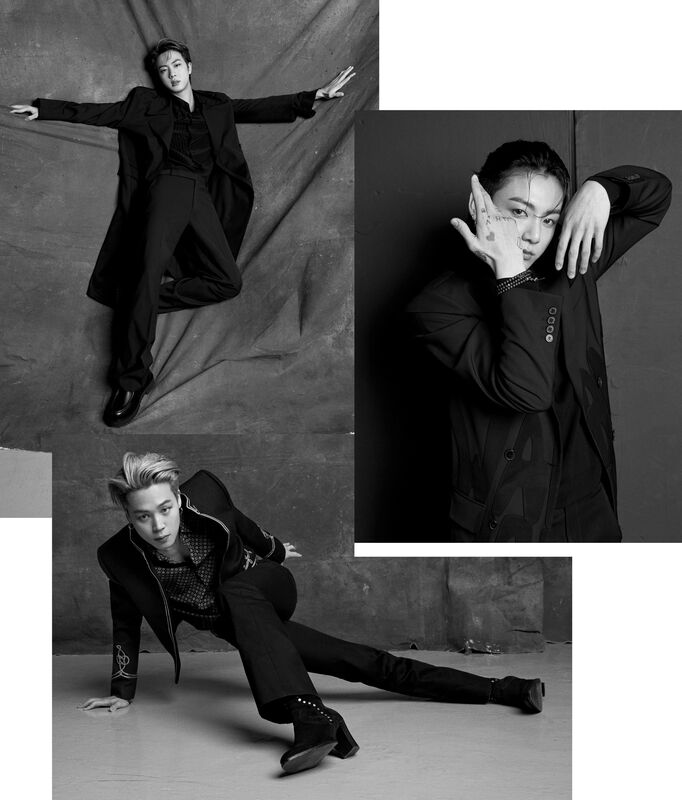
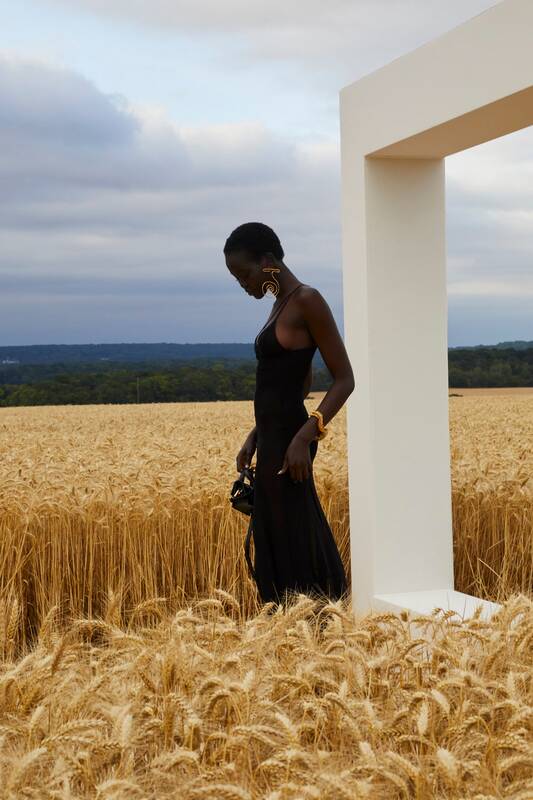
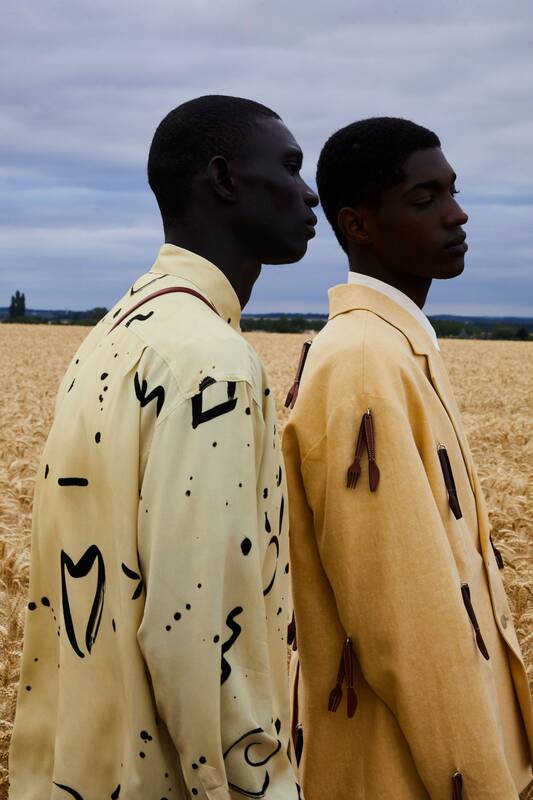

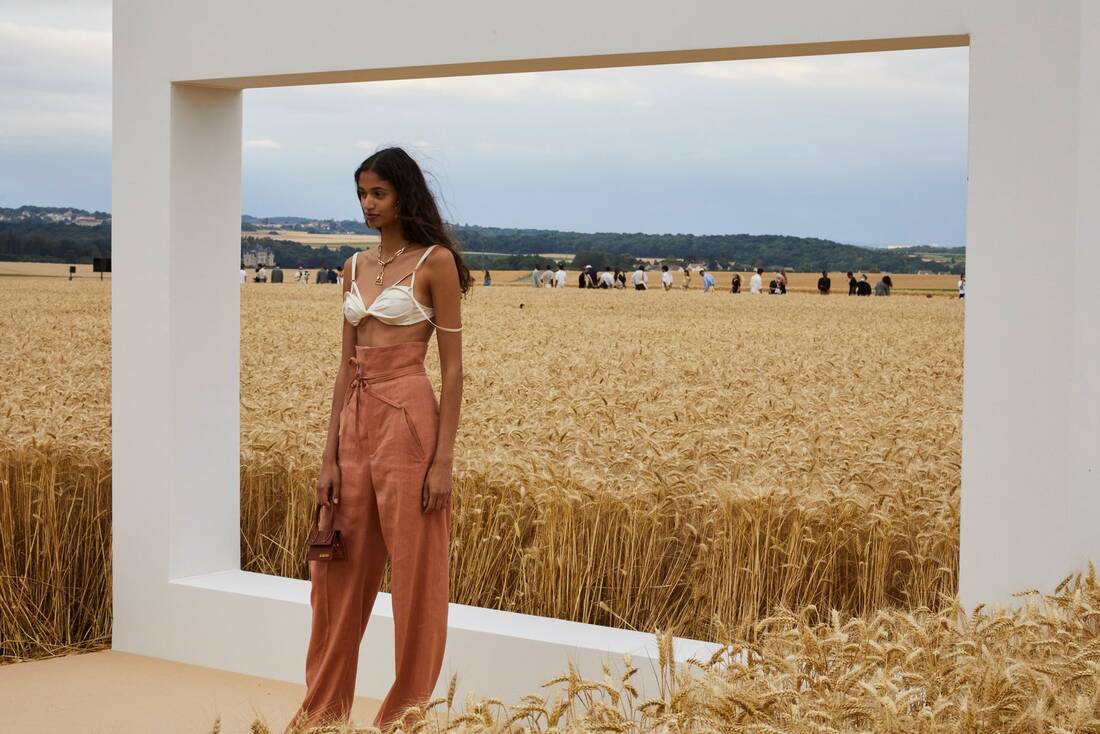
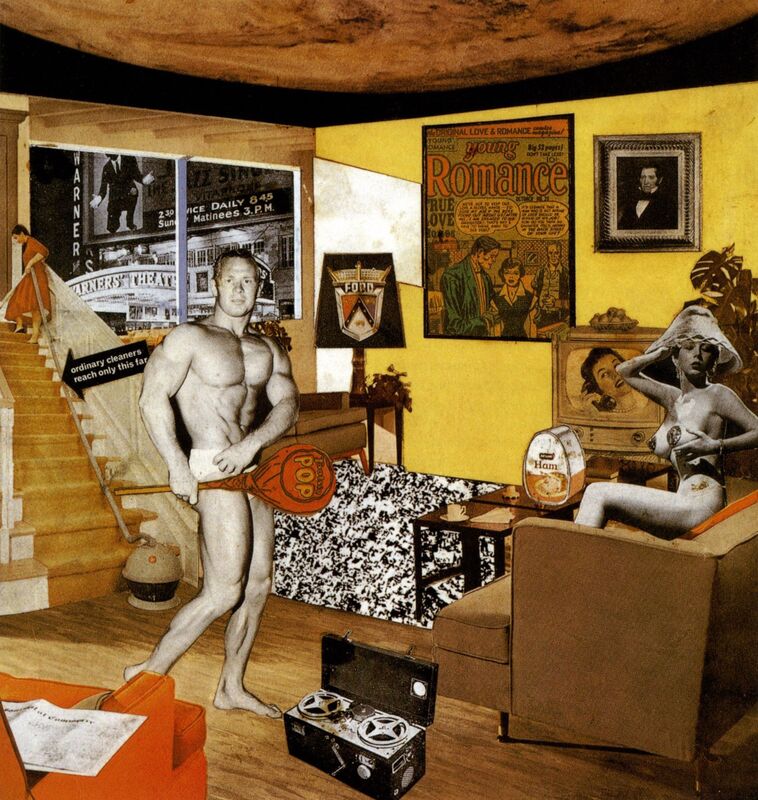
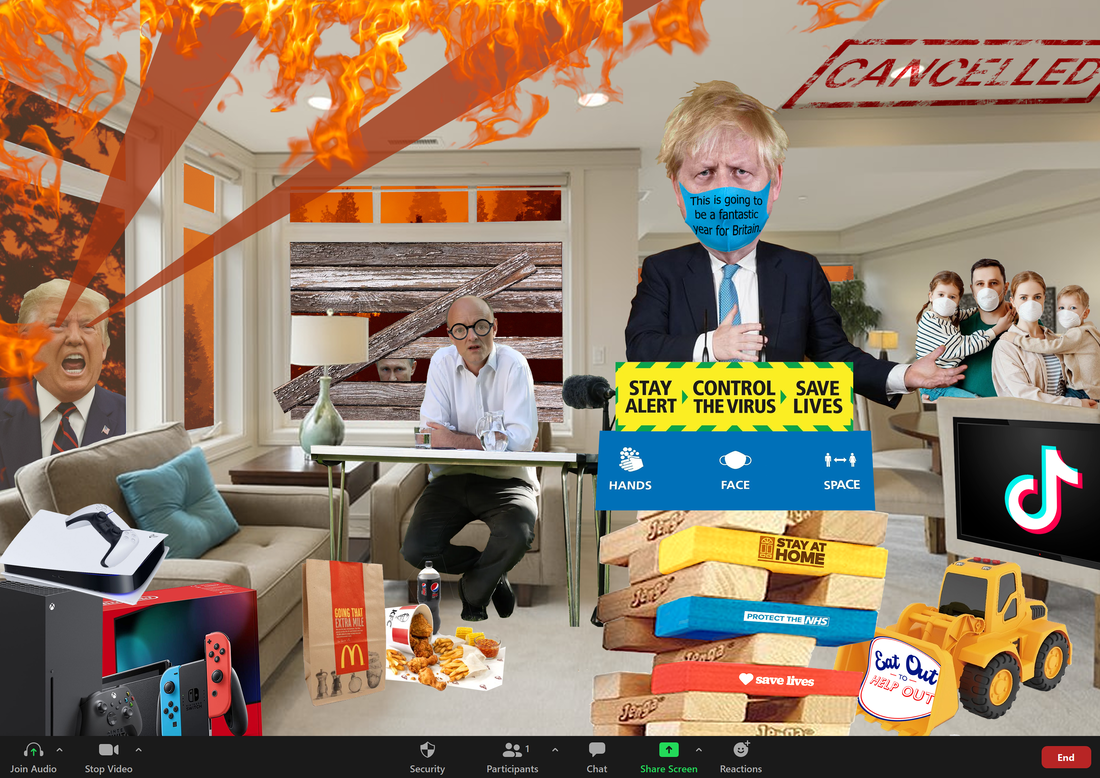
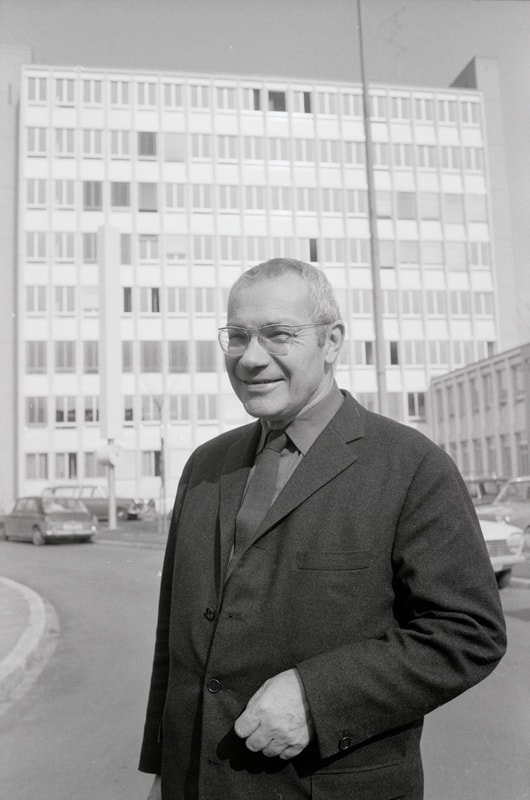


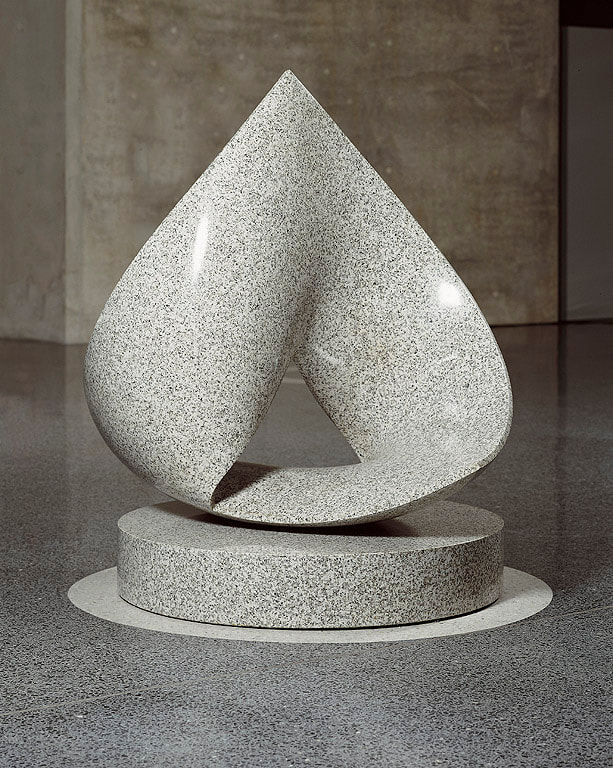
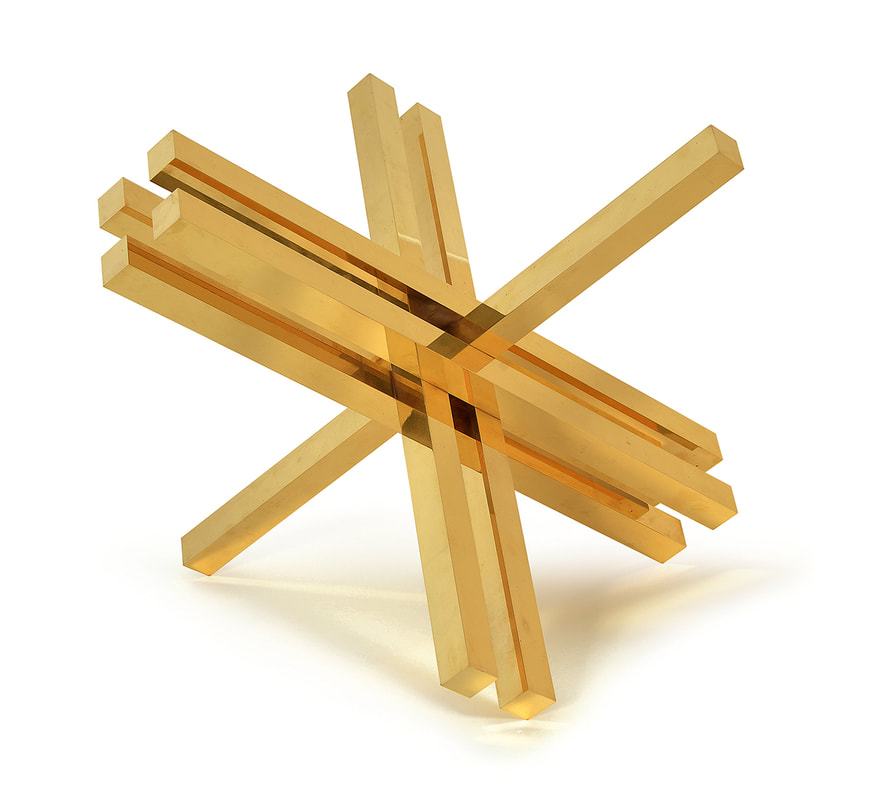






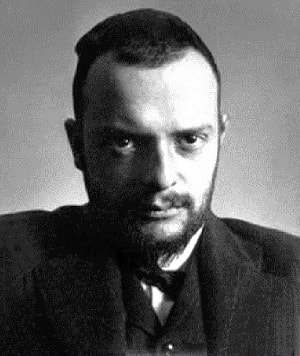


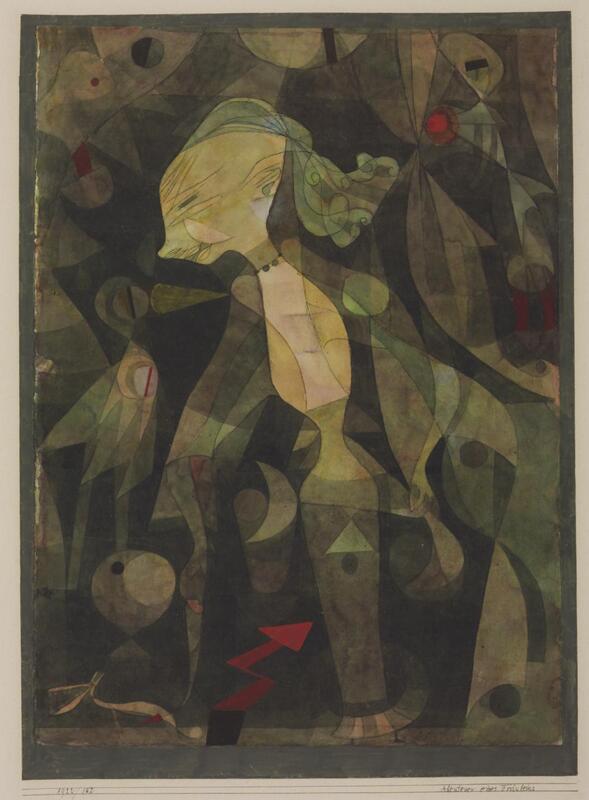


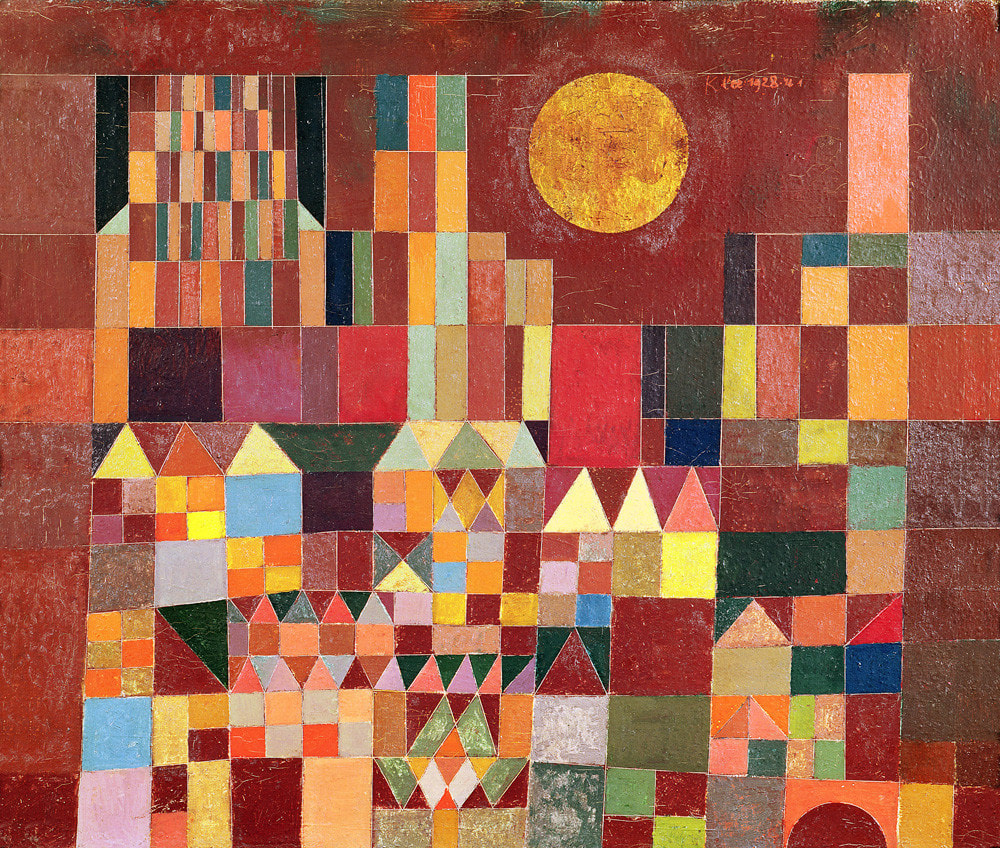
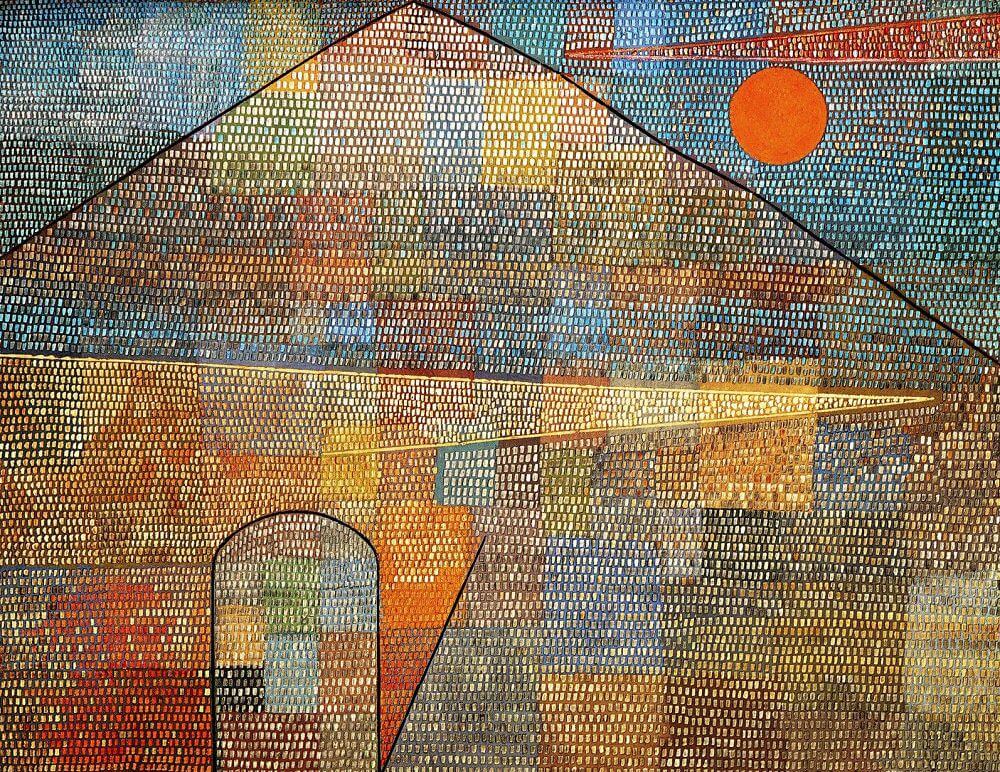
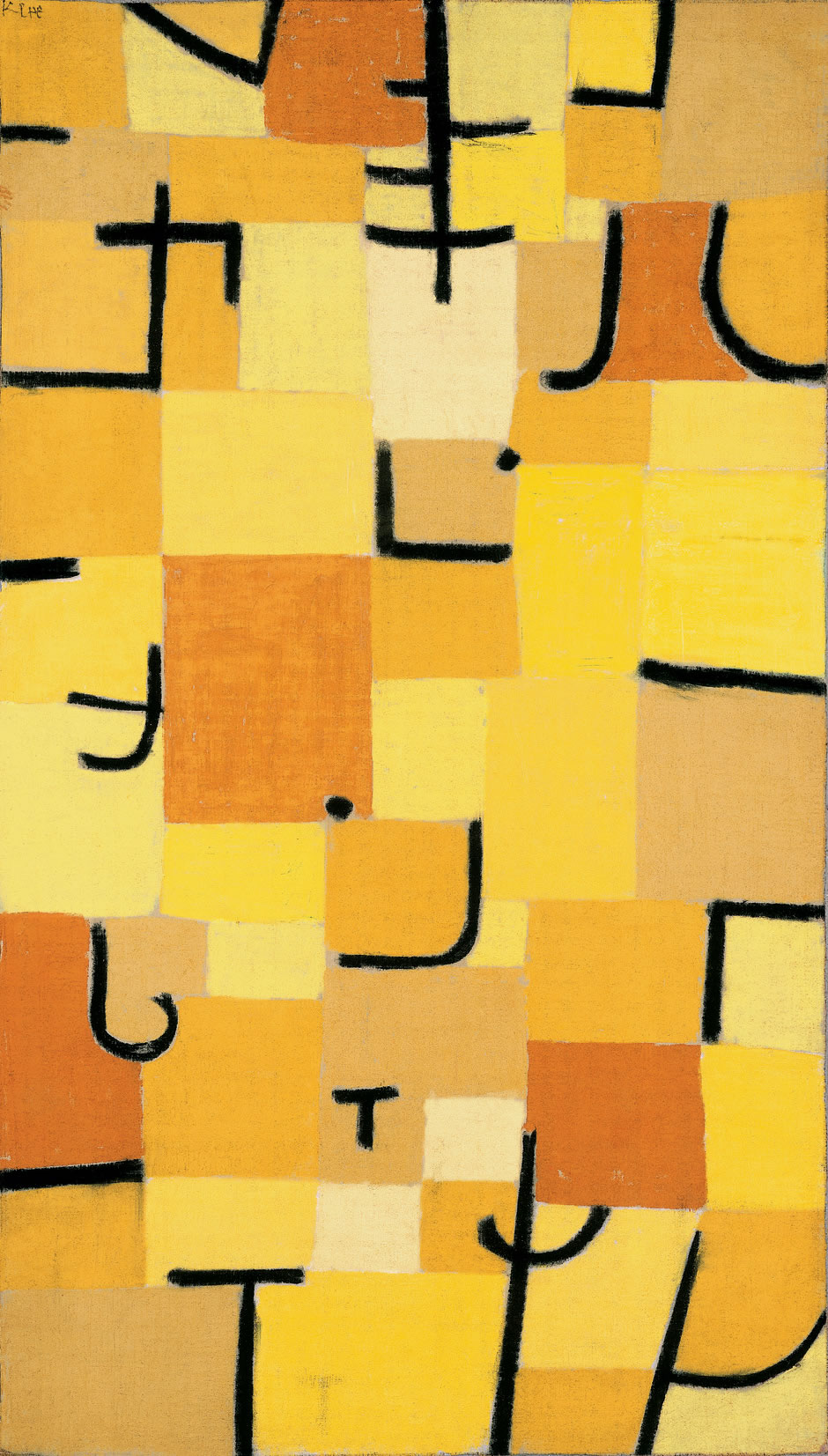


 RSS Feed
RSS Feed